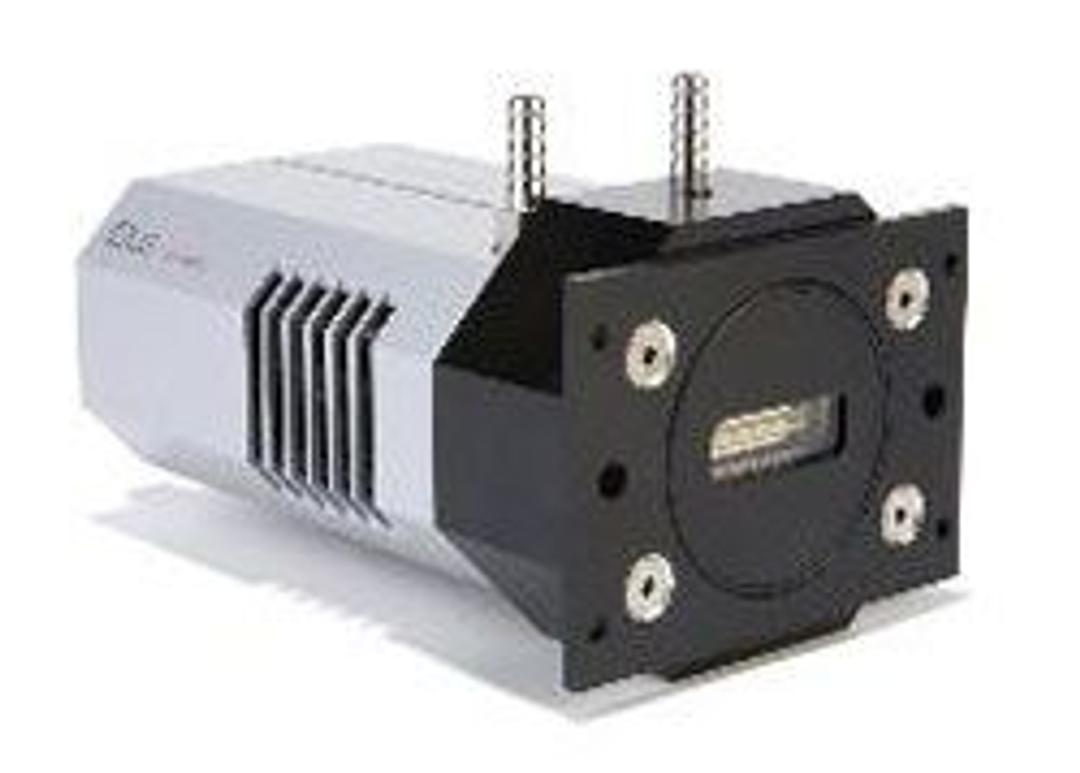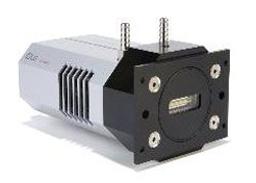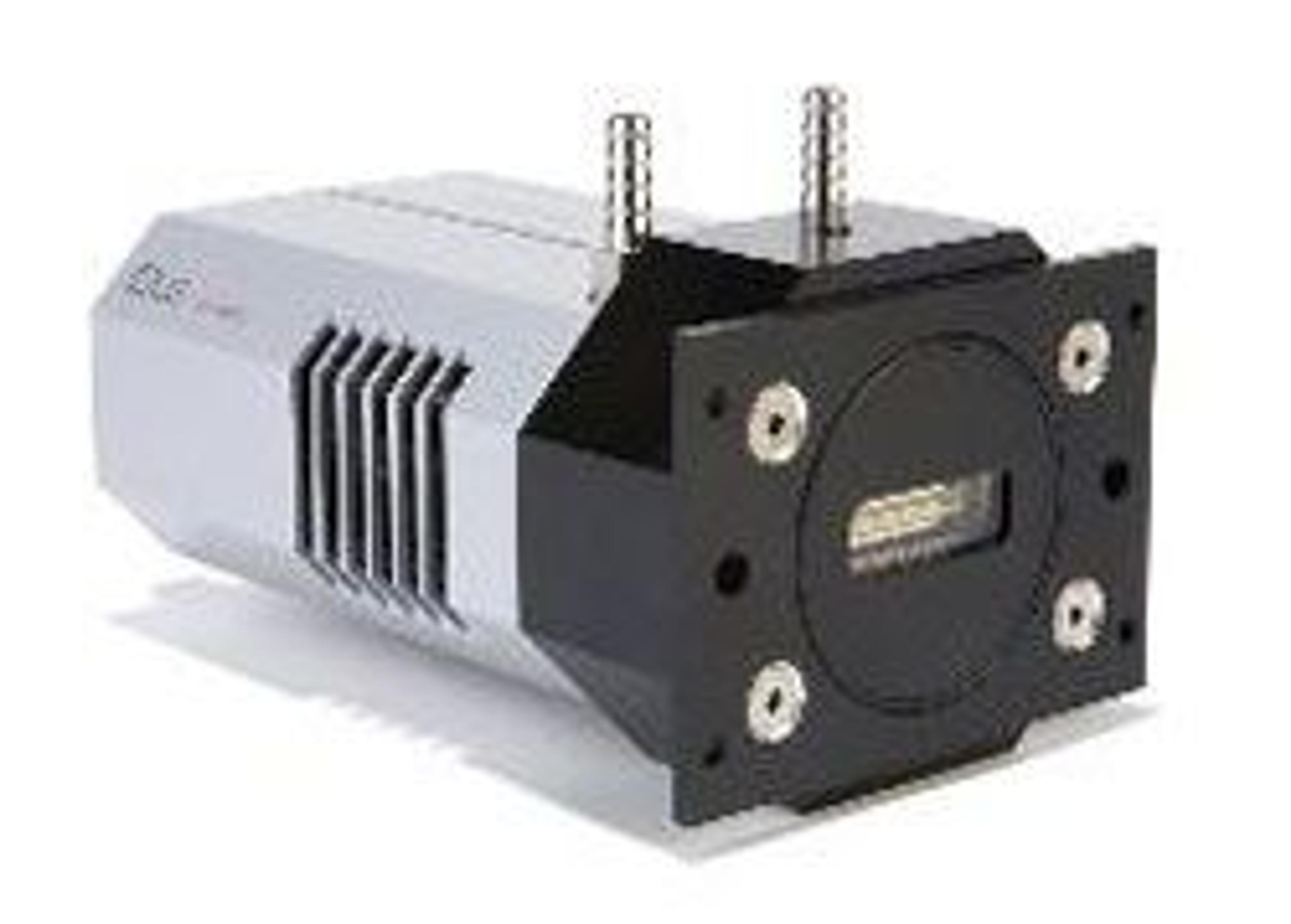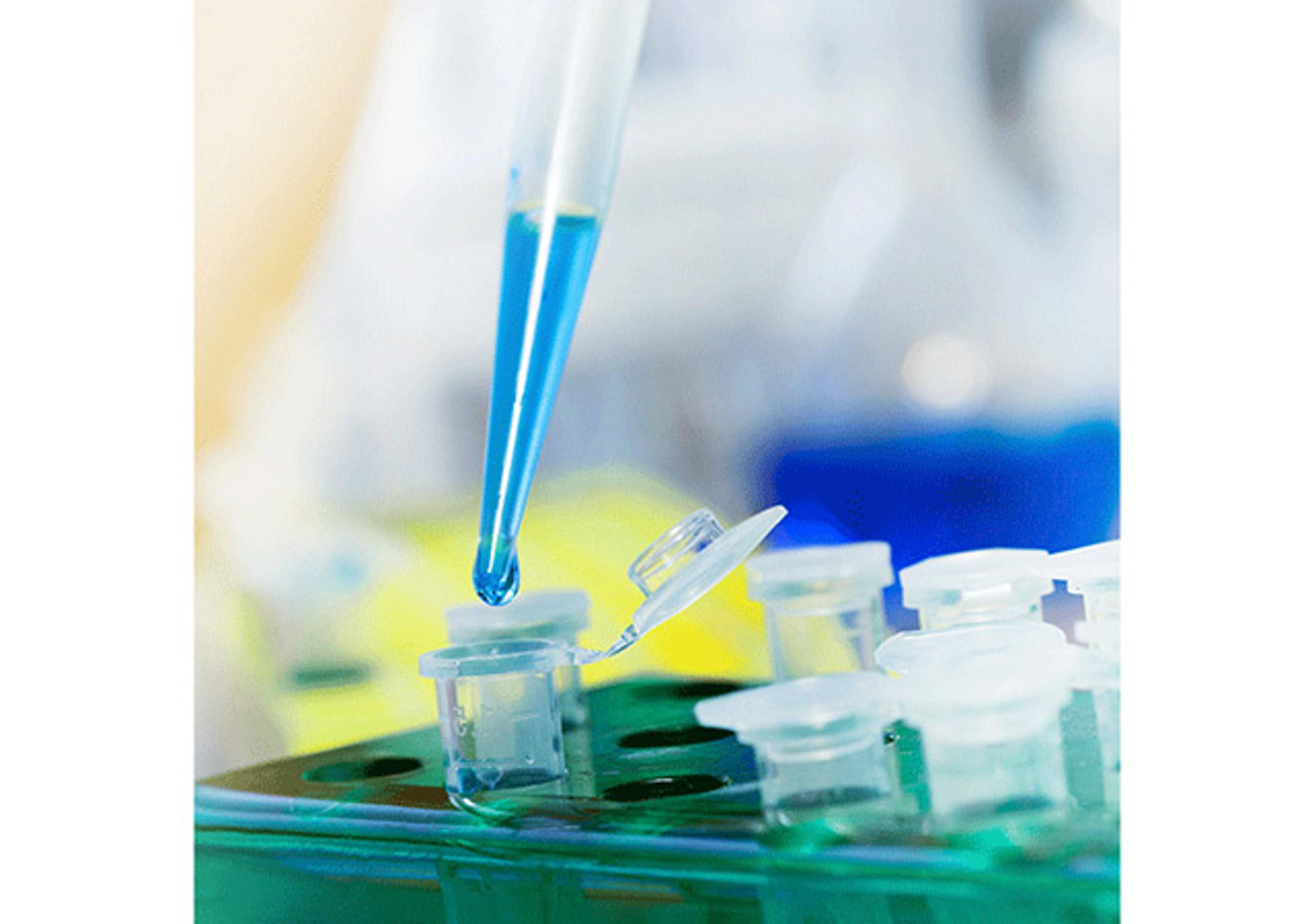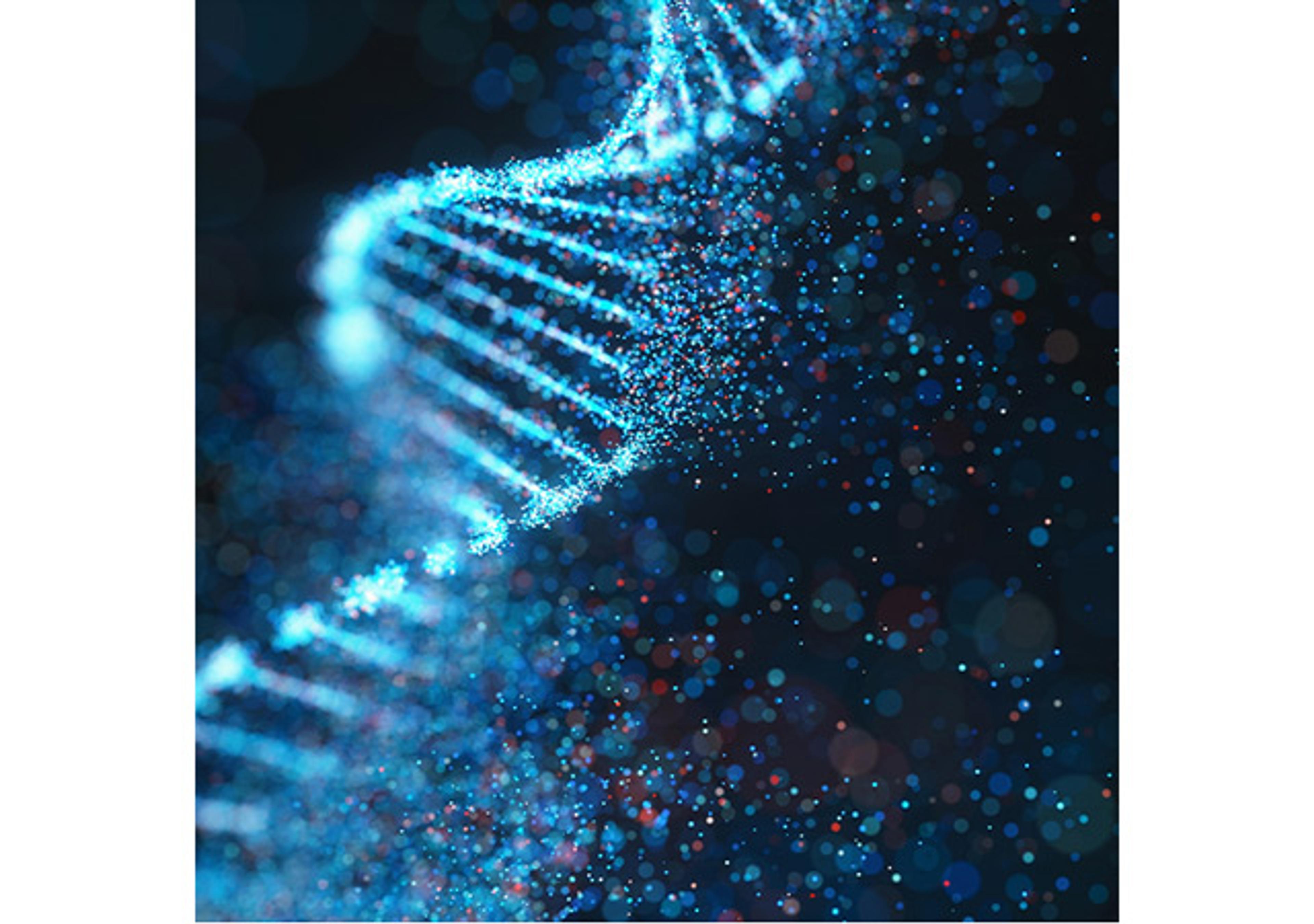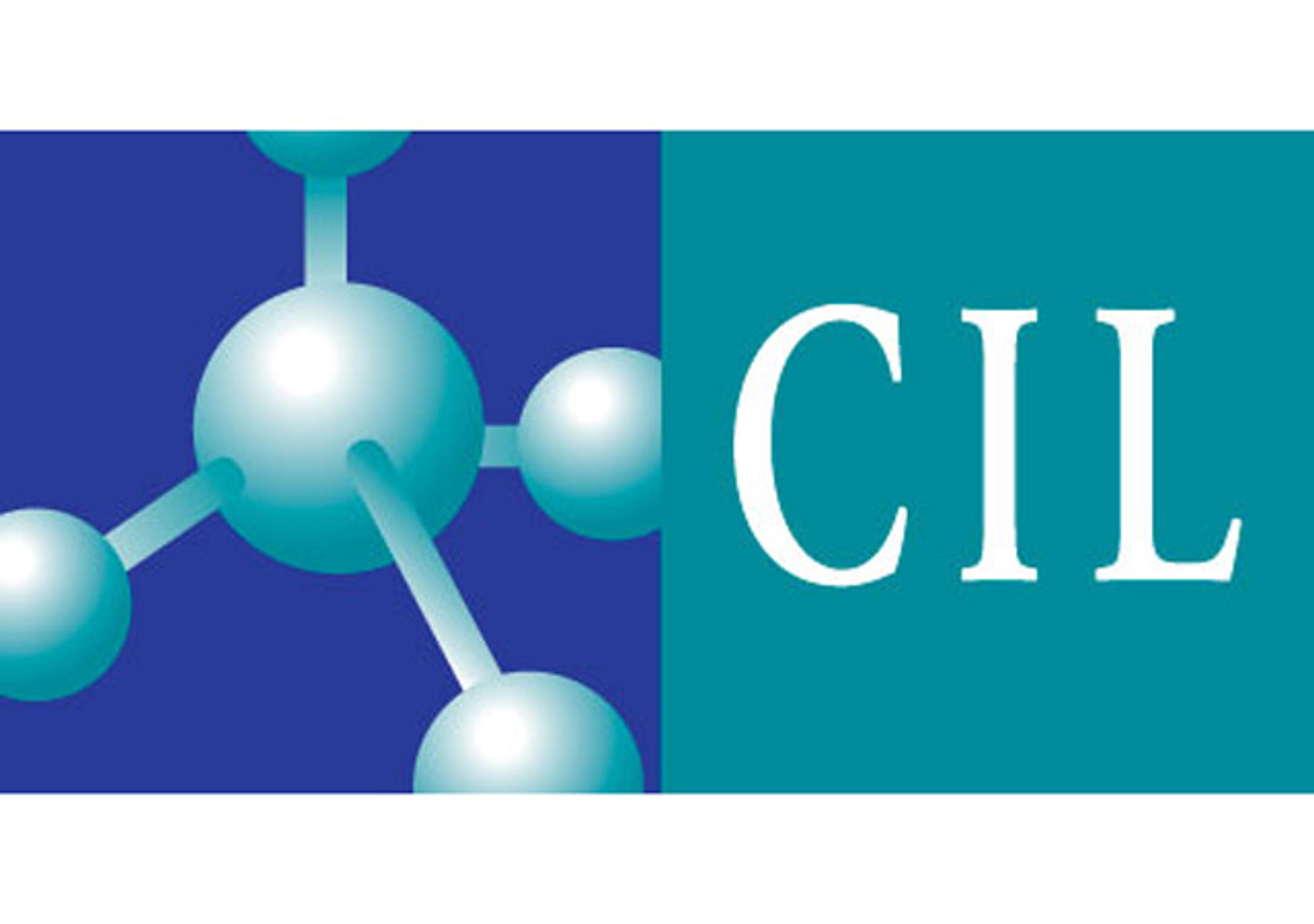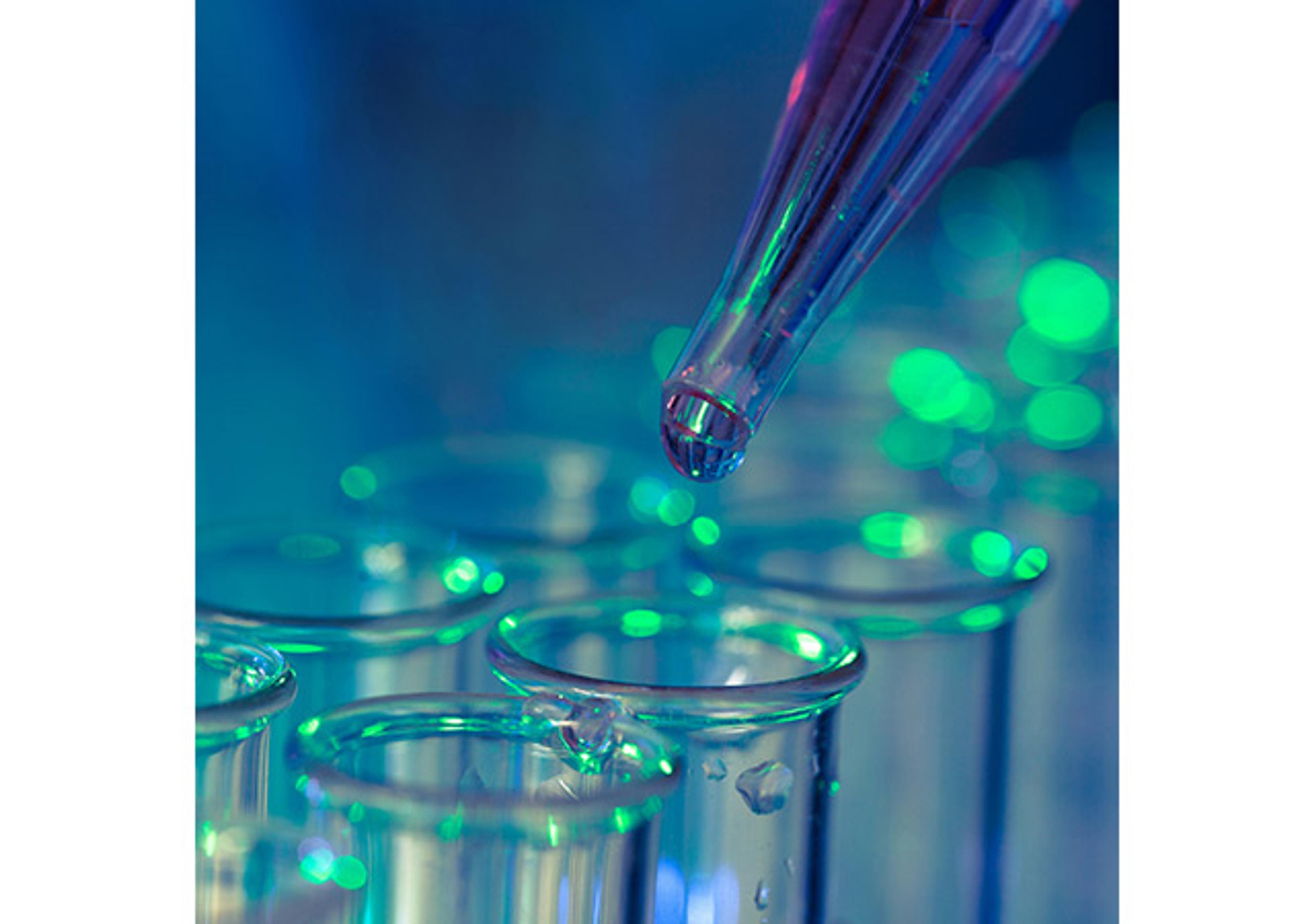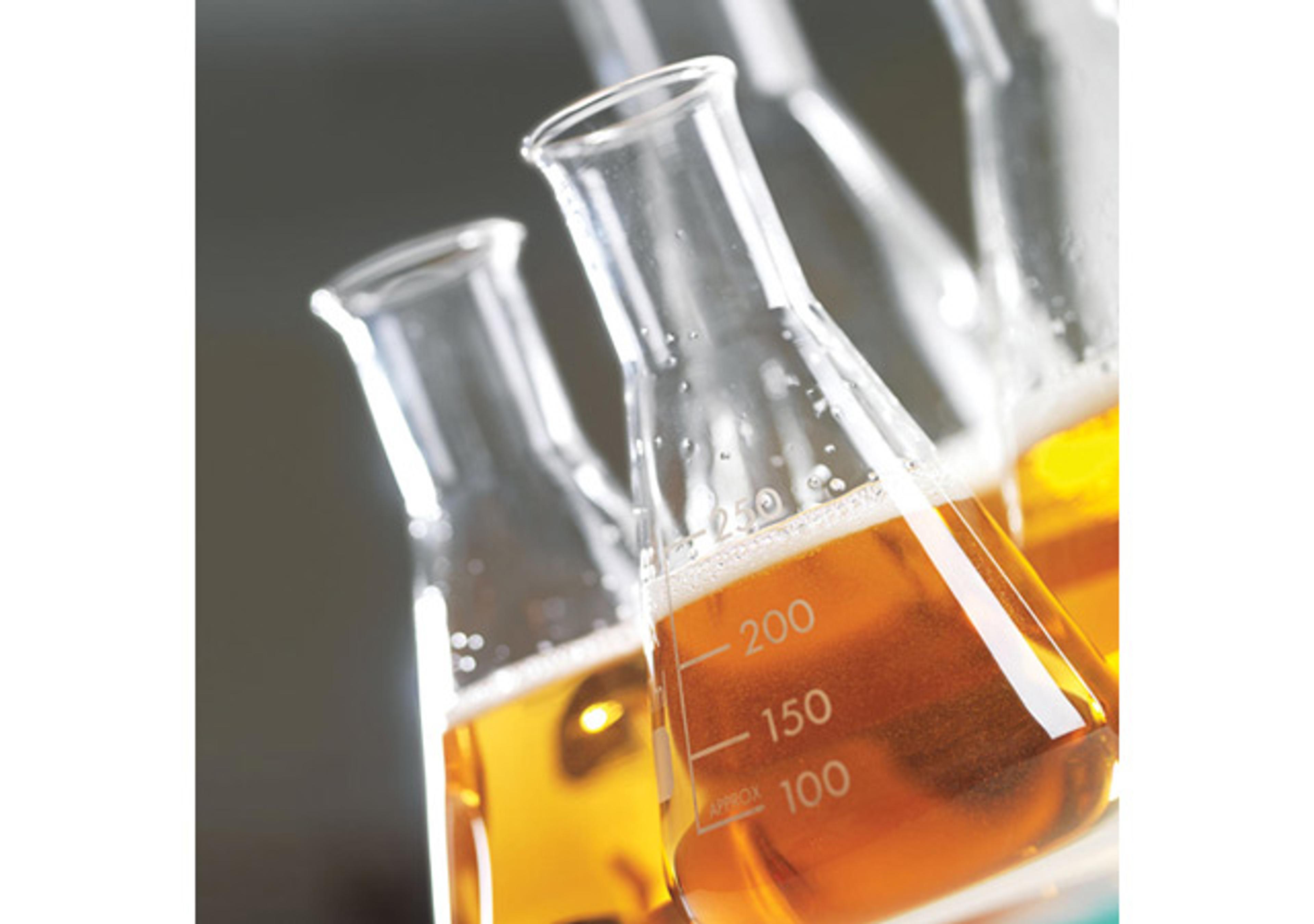iDus InGaAs CCD Detector
From the manufacturer’s of the World's most compact and reliable spectroscopic CCD detector, comes a new Near Infrared detector solution, the Andor iDus InGaAs detector array system. With all the benefits you’ve come to expect from the iDus range of detectors, the iDus InGaAs detector offers a choice of 512 or 1024 element linear photodiode arrays (PDA) ideal for NIR spectroscopy with high sensitivity output and high resolutio…

The supplier does not provide quotations for this product through SelectScience. You can search for similar products in our Product Directory.
Excellent camera at a very attractive price.
NIR spectroscopy of single nanoparticles
The camera and its standalone software are very easy to use, and sensitivity and noise levels have been better than specified. The price was much lower than the competition, and not having to deal with liquid nitrogen cooling is convenient. For our application, the small increase in dark signal from running at -80 K, rather than -90 K for a liquid N2 cooled camera is less important than read noise. We are able to obtain good S/N spectra in one second exposures for a single ~20 nm particle heated to ~1800 K. The LabView development tools make it easy to integrate the camera into our instrument control program, and that also did not cost an arm and a leg.
Review Date: 2 Mar 2017 | Oxford Instruments Andor
From the manufacturer’s of the World's most compact and reliable spectroscopic CCD detector, comes a new Near Infrared detector solution, the Andor iDus InGaAs detector array system. With all the benefits you’ve come to expect from the iDus range of detectors, the iDus InGaAs detector offers a choice of 512 or 1024 element linear photodiode arrays (PDA) ideal for NIR spectroscopy with high sensitivity output and high resolution covering wavelengths from 800nm up to 2200nm.
Andor's iDus InGaAs 1.7 Array Detector series provides the most optimized platform for Spectroscopy applications up to 1.7 µm. The TE-cooled, in-vacuum sensors reach cooling temperatures of -90°C where best Signal-to-Noise ratio can be achieved. Indeed dark current will improve moderately below -90°C where scene black body radiation will dominate, while Quantum Efficiency of the sensor will be greatly impacted at these lower temperatures and lead to a lower Signal-to-Noise ratio.
Andor's iDus InGaAs 2.2 Array Detector series provides the most optimized platform for Spectroscopy applications up to 2.2 µm. The TE-cooled, in-vacuum sensors reach cooling temperatures of -90°C where best Signal-to-Noise ratio can be achieved. Indeed dark current will improve moderately below -90°C where scene black body radiation will dominate, while Quantum Efficiency of the sensor will be greatly impacted at these lower temperatures and lead to a lower Signal-to-Noise ratio.

